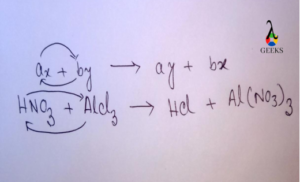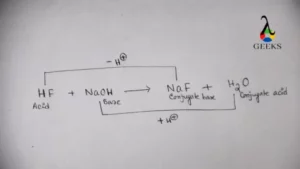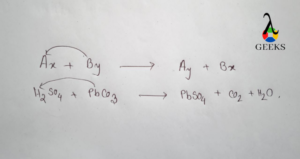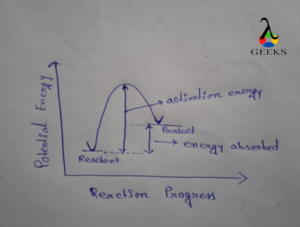17 Carbon Dioxide Uses : Facts You Should Know!
Carbon dioxide is a chemical compound with the chemical formula CO2. It is made up of two oxygen atoms covalently bonded with carbon. Let us see some use of CO2. In the air, the volume of carbon dioxide present is 0.04%. Daily uses of carbon dioxide shown in below: Chemical industry Food industry Oil industry … Read more




